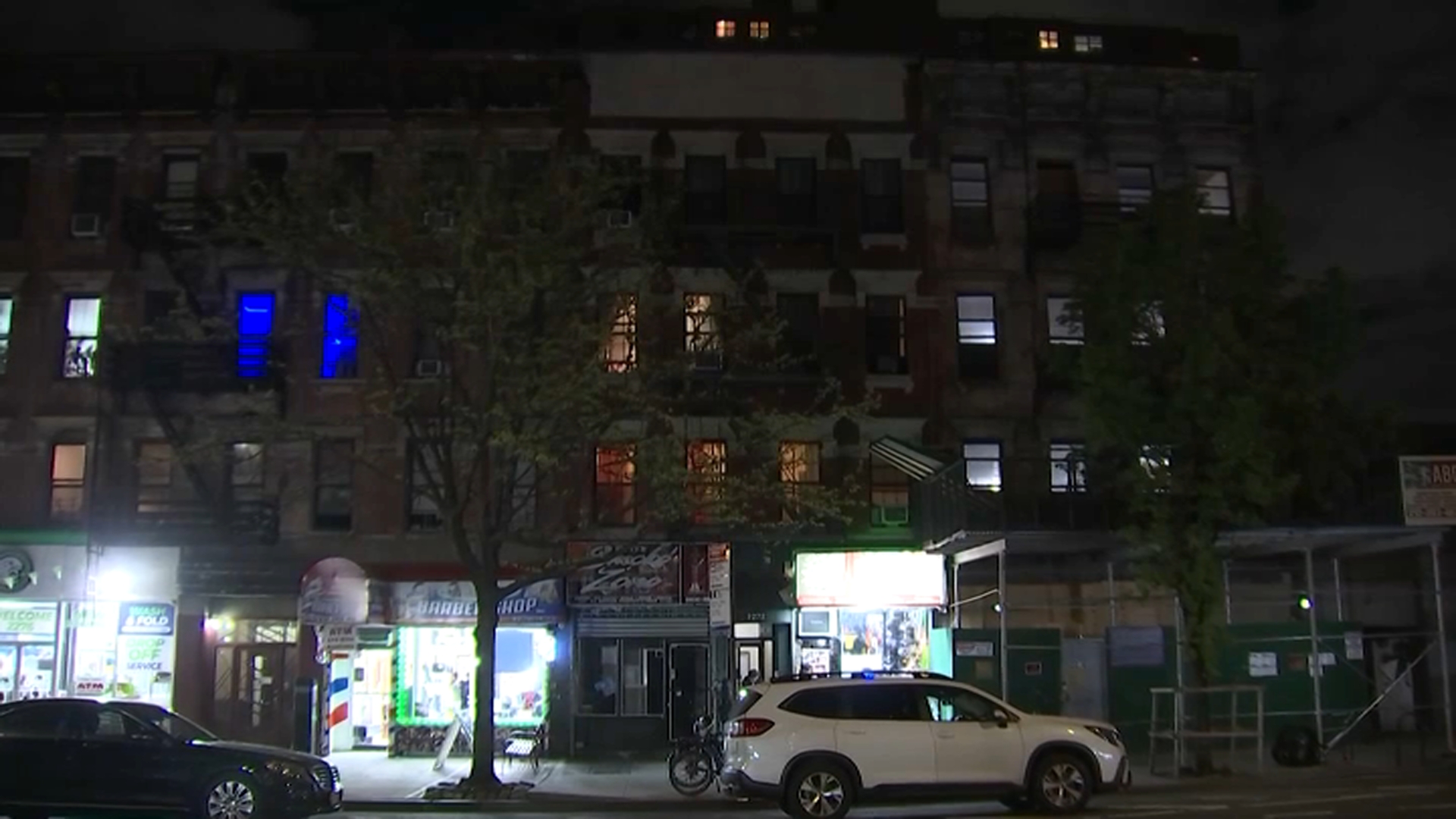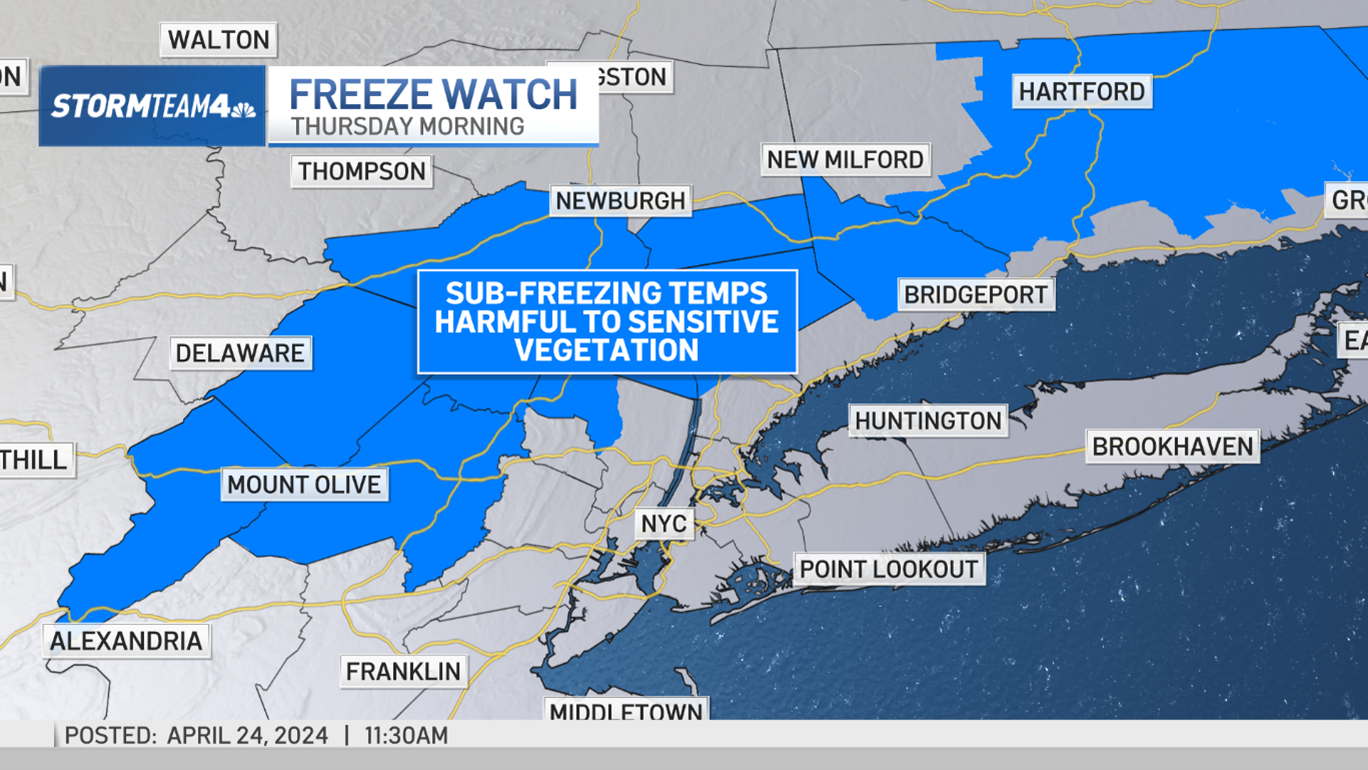It’s a tough time for civil servants, chief executives and taxpayers throughout the nation. As the operating costs of government continue to rise and revenues decline, one item goes up and up. It’s the cost to cities and states of pensions and health care benefits for those still working for government and those who have retired.
Governor Chris Christie of New Jersey took on this issue in a recent town meeting. When a teacher got up to complain about the failure of state government to recognize the unique contribution teachers make, she told the Governor: “You’re not compensating me for my education and you’re not compensating me for my experience.”
“Well, you know what, " Christie retorted. "You don’t have to do it.”
As the crowd applauded, he added: “Teachers go into it knowing what the pay scale is and what I’m saying is that in times of economic crisis, this whole argument is over the fact that I asked people to not take a raise for a year and to pay one and a half percent of their salaries towards their benefits and your union has said that this is the greatest assault on public education in the history of the state. That’s why the union has no credibility, stupid statements like that.”
Whether or not Christie is right, the fact is that there’s a gap of many billions of dollars between what the New Jersey government has -- and what it can pay in pensions and benefits. A similar situation has been developing in New York State and New York City.
That teacher in New Jersey was correct in one sense. Teachers and other civil service employees enlisted in government work with an expectation of a job with security and benefits. They chose that instead of gambling on private sector jobs that may have paid more.
Our government workers deserve both security and benefits for their faithful service. But we are in the middle of a great recession. And whatever the civil servants get, before or after retirement, comes out of the pockets of the rest of us.
Local
There’s the rub. When Mayor Bloomberg announced his $63 billion budget in the spring he noted that “contributions to the pension systems have grown exponentially, primarily due to market fluctuations and increased benefits authorized in Albany, growing from 1.2 billion in 2001 to 7.4 billion dollars in the current fiscal year. Costs are 7 times greater in just a decade! That’s hardly good news for any of us.
Professor Ingrid Reed, a New Jersey policy analyst who just retired from the Eagleton Institute, told me: “What we’re seeing is both government and unions facing a tremendous financial challenge. Should the leaders increase taxes or lay off workers? And the challenge goes for the unions too. “
And the challenge, it’s clear, confronts both the New Jersey and New York state governments and New York City too.
Although it can be argued that the unions have contracts and, legally, those contracts must prevail, Reed says: “The voters are impatient with that position. They may not buy it -- and that’s a problem for both unions and politicians.”
Back in earlier decades, as the unions grew in power, the pension funds made money and becoming a civil servant offered promise of both security and benefits. But what we’re seeing now is the culmination of some earlier decisions.
The cost of pensions and health benefits to New York City is 13 percent of a 63 billion dollar budget. The tab for the same costs in the state budget is about 3 percent. Were the right investment decisions made in previous years by the managers of these funds? There may be room for discussion about that but the fact is that market fluctuations have clouded the picture.
The specter of still growing pension and benefit costs haunts the budget planners, the chief executives and their employees -- and the taxpayers who may have to pick up the tab.



